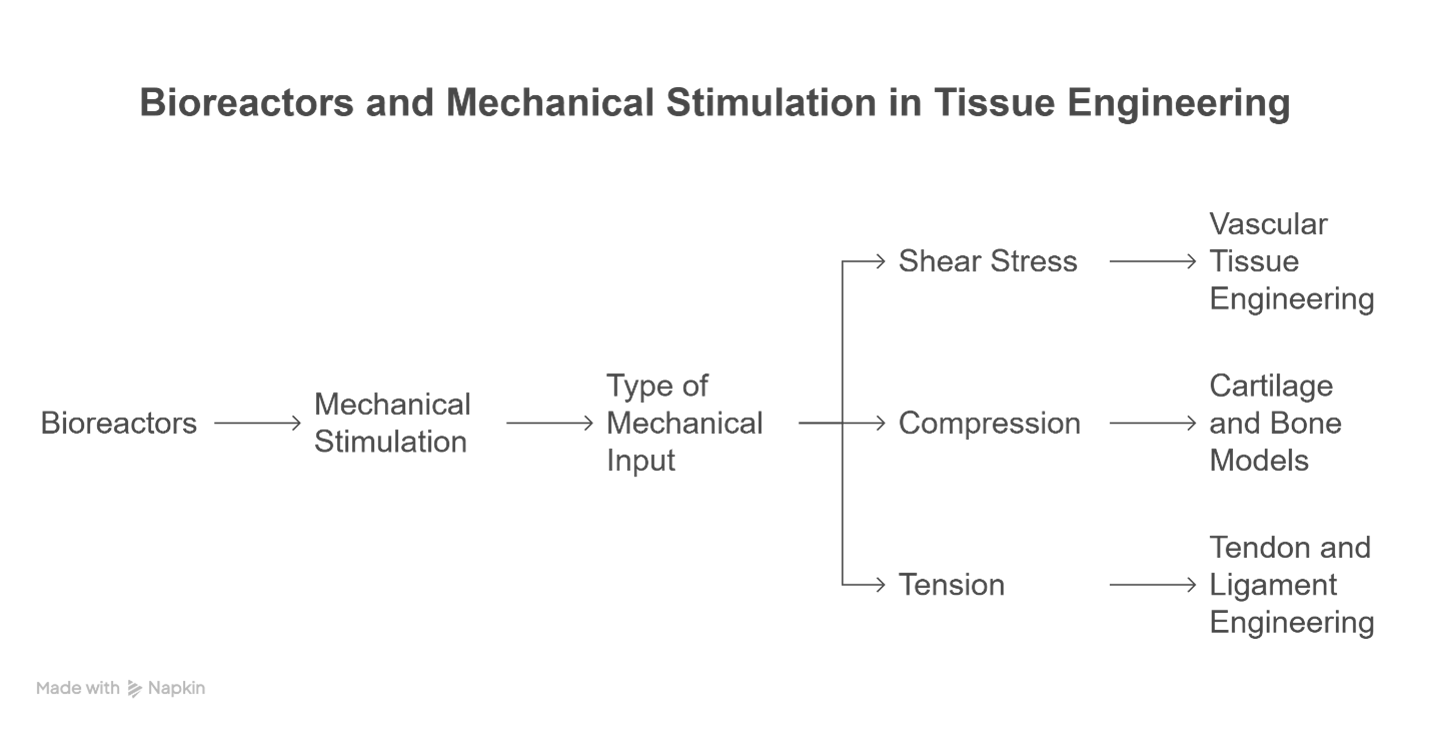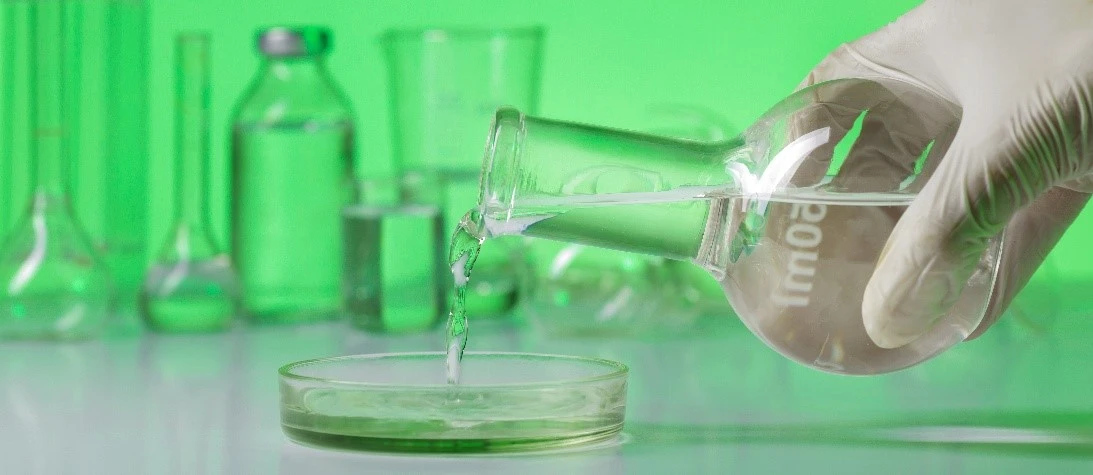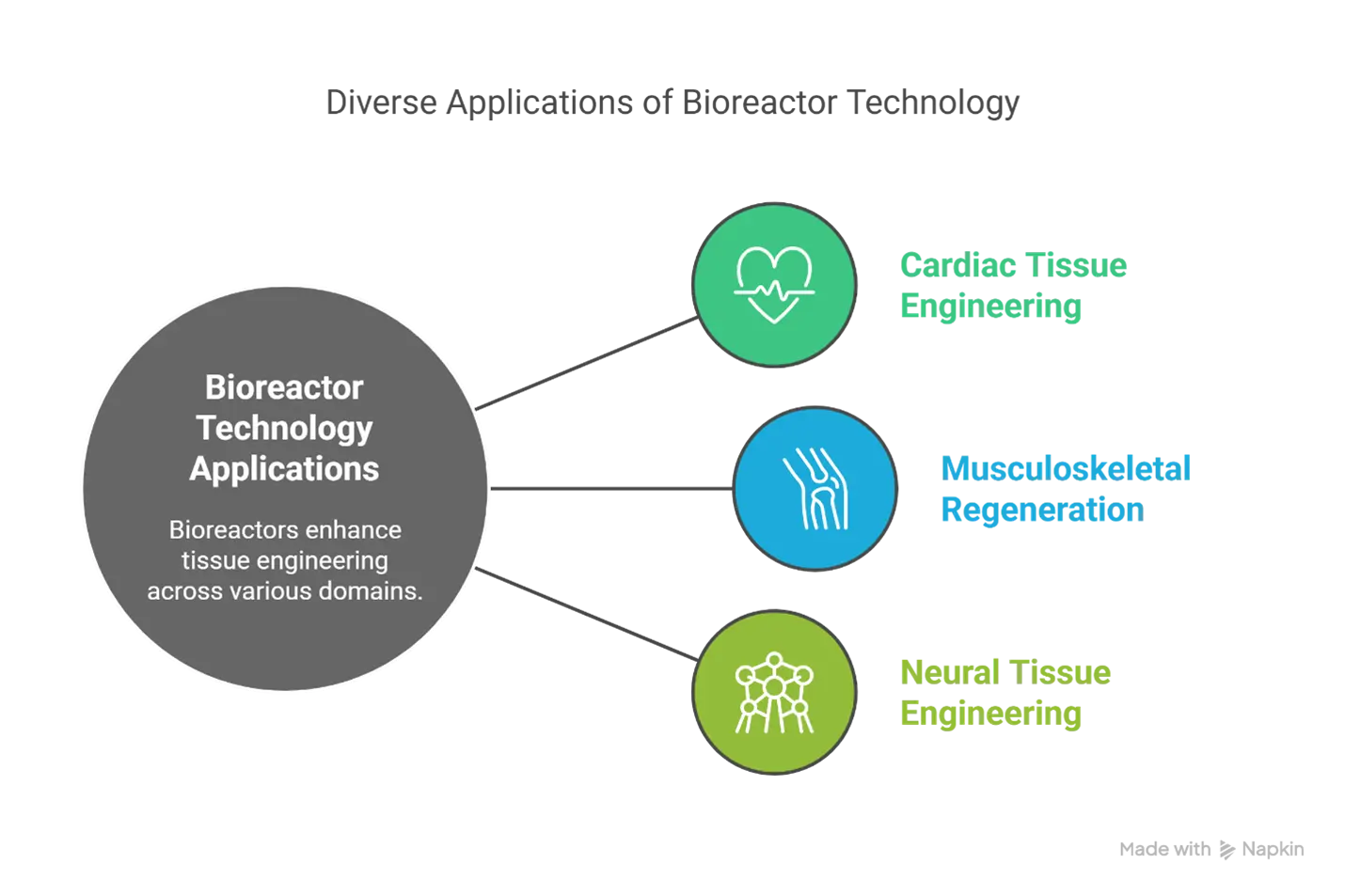Introduction
Tissue engineering aims to restore or replace damaged tissues through the combination of cells, scaffolds. One of the key challenges in this field has been replicating the complex in vivo environment necessary for proper tissue development. Historically, static culture systems lacked the ability to provide dynamic conditions, leading to suboptimal tissue growth. The advent of bioreactors—engineered systems that simulate physiological conditions—has addressed these limitations by offering controlled environments and mechanical cues critical for tissue maturation.
Bioreactors and Mechanical Stimulation
- Bioreactors facilitate mechanical stimulation, a crucial factor in guiding tissue development and mimicking natural biomechanical forces.
- These stimuli activate mechanotransduction pathways in cells, encouraging tissue-specific structural and functional development.

Controlled Growth Environment
Bioreactors also provide a tightly regulated growth environment that supports cell viability and differentiation. Key parameters include:

These conditions collectively replicate in vivo environments more accurately than traditional culture methods.

Impact on Tissue Quality
Numerous studies have demonstrated the superior quality of tissues grown in bioreactor systems compared to static cultures:
- Engineered cardiac tissues exhibit synchronized contractions and improved electrophysiological properties when cultured under cyclic mechanical stimulation.
- Cartilage constructs grown under compressive loading show enhanced collagen and glycosaminoglycan content, closely resembling native cartilage.
- Bone tissues developed in perfusion bioreactors display increased mineralization and mechanical strength.
These improvements stem from the bioreactor’s ability to create a biomimetic setting that supports physiological cell behavior and tissue architecture.
Applications of Bioreactor Technology
Bioreactors have been successfully applied across a range of tissue engineering domains:

Challenges and Future Directions
Despite significant progress, several challenges remain:
- Designing bioreactors tailored for complex, multi-tissue constructs
- Integrating real-time monitoring and feedback systems for dynamic culture adjustment
- Reducing costs and scaling up for clinical translation
Future research should explore adaptive bioreactor systems capable of adjusting parameters in response to tissue development, as well as AI-guided systems for optimizing growth conditions in real time.

